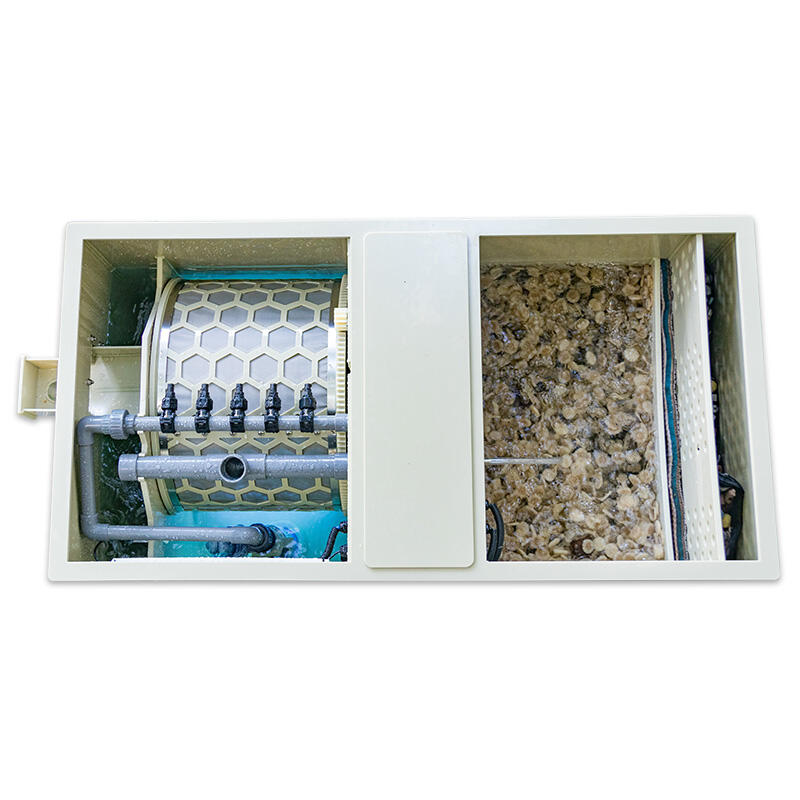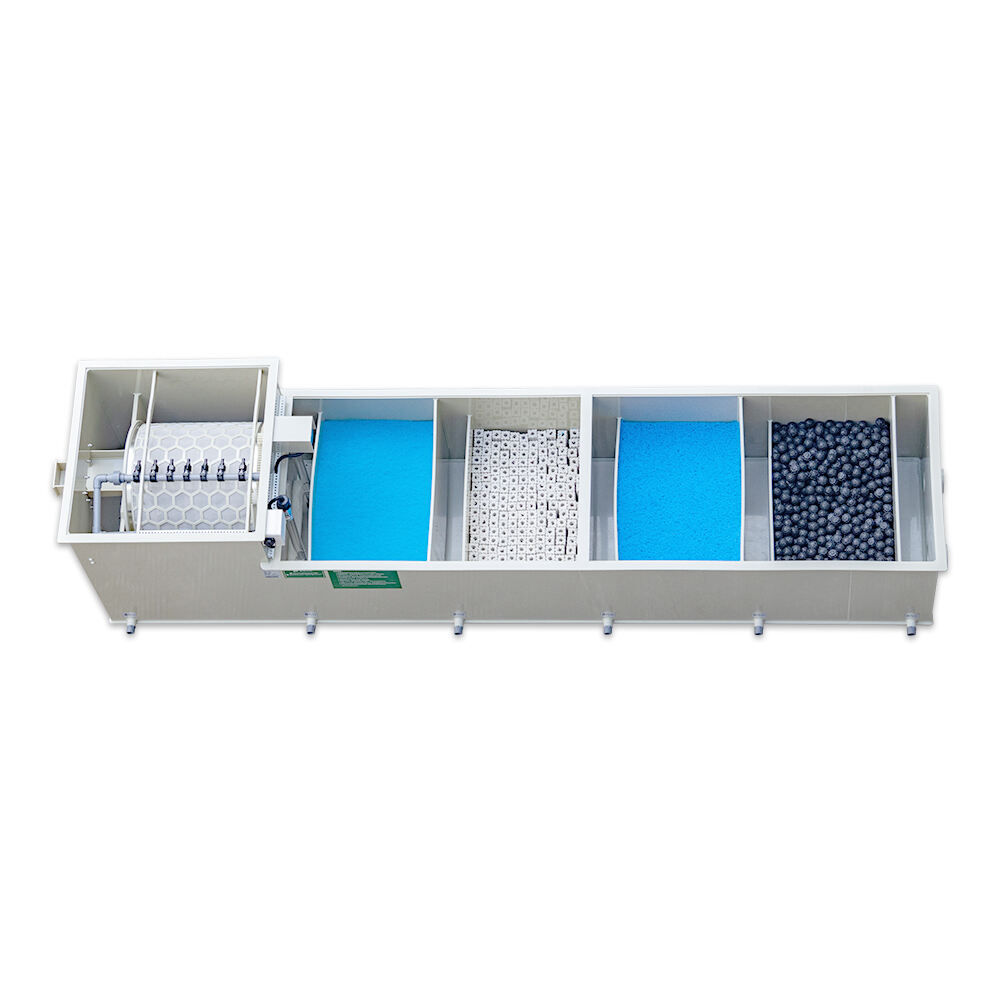fish pond filter
A fish pond filter is an essential component of any aquatic ecosystem, designed to maintain water quality and ensure the health of aquatic life. This sophisticated filtration system operates through multiple stages, combining mechanical, biological, and chemical filtration processes to create an optimal environment for fish and plants. The mechanical filtration removes physical debris, such as leaves, uneaten food, and waste particles, while biological filtration utilizes beneficial bacteria to break down harmful ammonia and nitrites into less toxic compounds. Chemical filtration, often achieved through activated carbon or specialized media, removes dissolved organic compounds and improves water clarity. Modern fish pond filters incorporate advanced features such as UV sterilization to control algae growth, automatic backwash systems for easy maintenance, and energy-efficient pumping mechanisms. These systems are scalable to accommodate ponds of various sizes, from small garden features to large commercial installations, and can be integrated with existing pond infrastructure. The technology behind these filters continues to evolve, with newer models featuring smart monitoring capabilities, adjustable flow rates, and enhanced filtering materials that provide superior water quality while requiring minimal maintenance.


